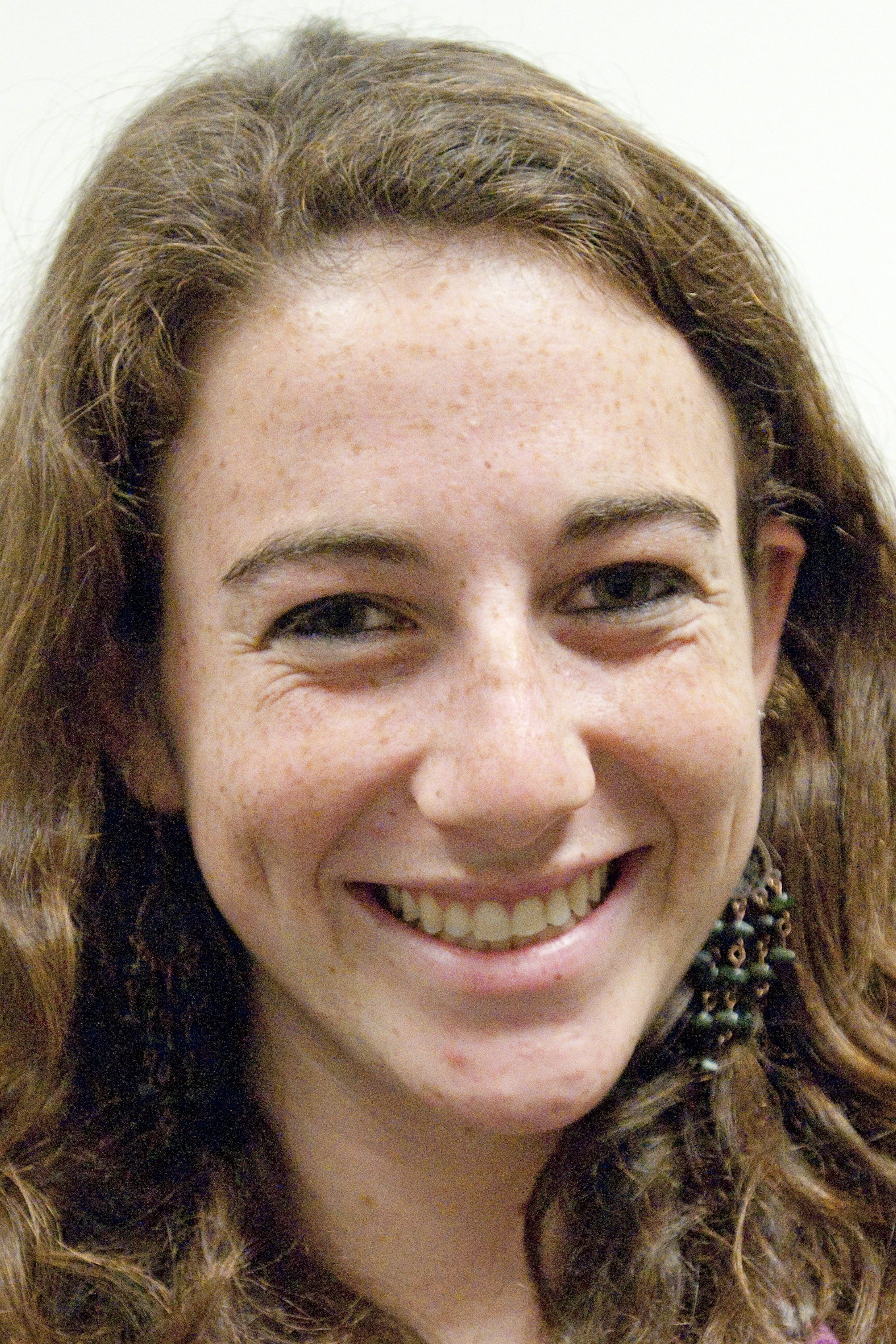Enrolling for classes can often be a crap shoot ““ if a class is open, there is no telling what it will really be like and if it is closed, there is no telling when or if the waitlist will open.
Websites like Bruinwalk.com and the assignment of permission-to-enroll numbers have somewhat eased this process. Still, there’s a more effective way for professors to help students when it comes to picking classes: posting the class syllabus online before the enrollment period.
Ensuring the availability of syllabus previews is a simple way to make a tough process like enrollment that much smoother.
Last spring, the Academic Affairs Commission approved the syllabus preview project, which is currently in its pilot phase.
The project gives professors the option to publicly display their syllabi online to all interested UCLA students on either the Common Collaboration and Learning Environment website or on Moodle 2.0, which hosts social science class websites.
Although most professors have yet to adopt the proposal, all professors should be encouraged to take up this project because it would efficiently provide the additional information students need to make the best decisions about their enrollment.
Course descriptions listed by the UCLA Registrar’s Office do not adequately represent the depth, scope or intensity of a course ““ and we cannot expect them to.
For example, English Composition courses are taught by different professors and cover different readings, but the standard course descriptions on the Registrar’s Office website do not reflect these nuances.
As tuition-paying students, we should have as much information as possible about the courses we pay for.
Therefore, it makes sense for professors to provide not only tentative syllabi, but also working lists of course readings.
Previewing a syllabus with this information before registering for a course would allow students to better map their quarters and construct balanced workloads based on weekly reading, writing and other requirements.
And students will not be the only beneficiaries of this policy.
“Faculty will see (more) students coming (into their classes) who are passionate and willing to do the work,” said Kim Davis, a fourth-year history student and academic affairs commissioner.
If students enroll for classes in which the reading or material interests them, professors will surely note a positive difference in their lecture halls. Still, some professors may be concerned that displaying their course syllabus would prompt plagiarism of their methods and course structure.
However, Common Collaboration and Learning Environment requires that students log in to view course descriptions and syllabi ““ a mechanism that assures only registered UCLA students have access to the course syllabus.
In this way, posting one’s syllabus is effectively no different from handing it out on the first day of class.
Katherine King, a comparative literature and classics professor and an undergraduate academic adviser, said she was enthusiastic about the project, with qualifications. She said that specifying the preview as a “draft” syllabus would give her and other professors more flexibility to make changes.
Advisers also stand to gain from a preview policy.
“As an undergraduate adviser I would love to have faculty give me their syllabi as early as possible (so I can) better advise students,” King said.
More information can only be a good thing. We should be allowed to make the most informed decisions possible, and a syllabus preview serves as an effective first line of communication between students and faculty.
Email Ferdman at mferdman@media.ucla.edu. Send general comments to opinion@media.ucla.edu or tweet us @DBOpinion.
